During Hispanic Heritage Month, TODAY is sharing the community’s history, pain, joy and pride. We are highlighting Hispanic trailblazers and rising voices. TODAY will be publishing personal essays, stories, videos and specials throughout the month of September and October. For more, head here.
For many Latin American families, the kitchen has to be stocked with a few key ingredients. There are the dried goods such as grains, rice and beans, liquids like oils and vinegars, marinades like adobo and sofrito, but just as crucial are the salsas and, of course, the sazón.
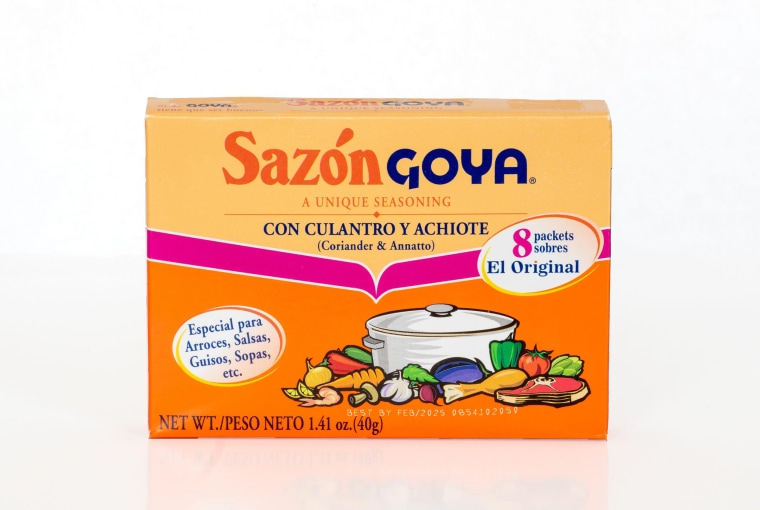
In July 2020, the popular spice mix was thrust into the spotlight when the CEO of sazón maker Goya Foods, Robert Unanue, praised former President Donald Trump at a White House meeting, triggering some shoppers to boycott the brand. Soon afterward, the #BoycottGoya trend went viral on social media and called for consumers to shop other brands and make their own versions of sazón instead. Goya declined TODAY Food's request for comment, but it's clear, whether packaged or homemade, sazón isn't going anywhere and remains a pillar of Latin American cuisine today.
What is sazón?
A staple of many cuisines, including Puerto Rican, Dominican and Mexican cooking, sazón is a blend of spices, and when translated from Spanish, it means simply "seasoning." But there's an inherent complexity to sazón, with its unique blend having evolved across cultures and adapted to local palates and tastes.
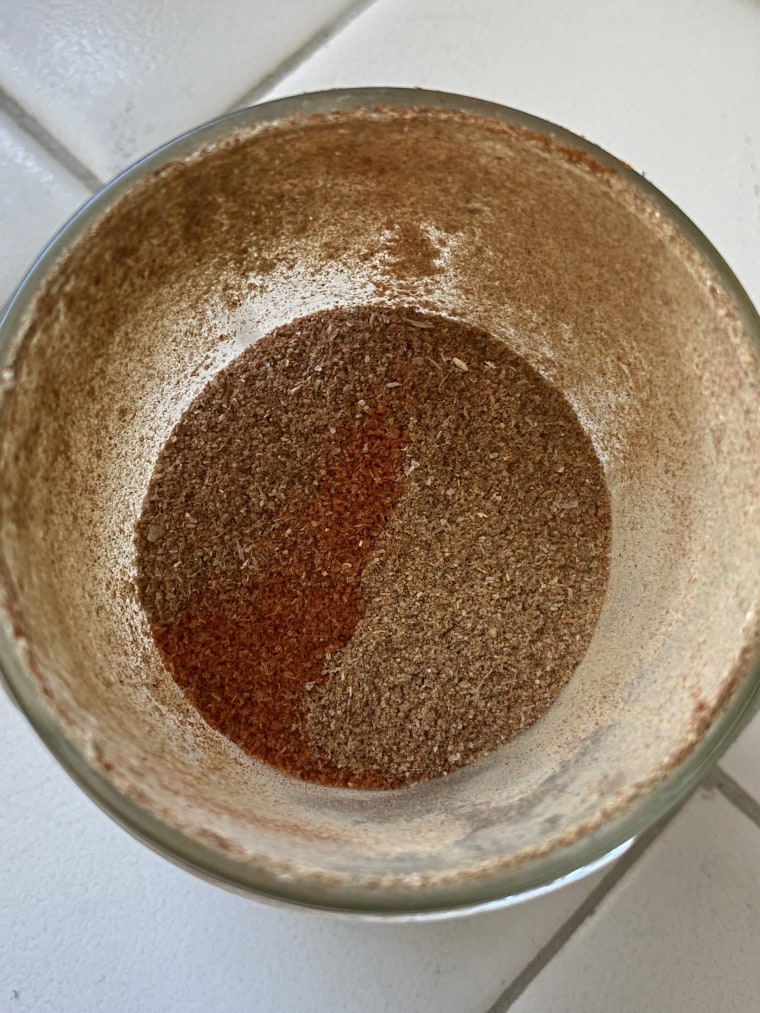
In an email interview with TODAY Food, Puerto Rican food writer and cook Illyanna Maisonet explained, "Although the word for 'flavor' in Spanish is sabor, most Puerto Ricans use the word 'sazón.' Even some people from other Latin backgrounds use the word sazón for flavor. Sazón creates the flavor — and the color — that most can easily identify as Puerto Rican food. Sazón means identity, history, comfort and (the) familiar."
Chef Eric Rivera of Addo in Seattle, whose parents and grandparents are from Puerto Rico, says he tries to make sazón relatable to someone who has never tried it. "I tell people what it is, compared to the food they eat. … (It's like) an all-around spice that they'd normally use in their cooking like Lawry's or Tony Chachere's," Rivera told TODAY. "Sazón is the same thing. It's our all-around cooking spice, it's our thing. It's the foundation of it. You can pretty much find it in every dish in one way or another, you know, whether it's gonna be in the raw application or marinated into something or (in) soup or stew."
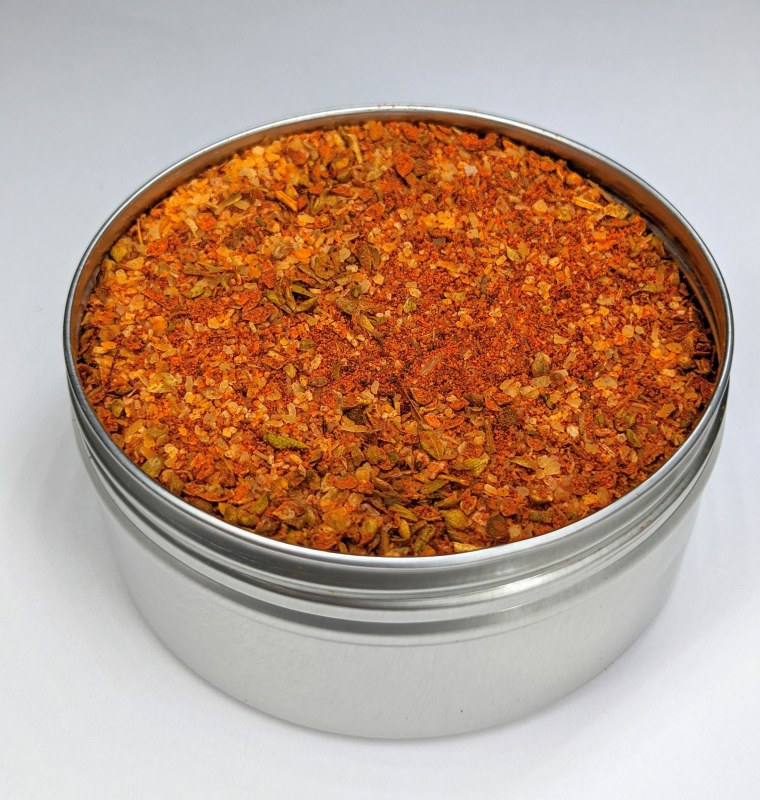
What is sazón made of?
For Puerto Ricans in particular, it's not sazón without achiote, also known as annatto seed powder, which is derived from the pulp surrounding the seeds of the Bixa orellana tree, a shrub or tree native to the tropical Americas, mostly in Central America and the Caribbean. Annatto is what gives sazón its signature red hue.
Arguably the most recognizable sazón in the U.S., Goya's sazón is available in bodegas, delis and supermarkets across the country. Today, Goya offers seven sazón options, including seasonings with saffron, cilantro and tomato, garlic and onion, coriander and annatto and blends without annatto, salt or reduced sodium. All of their sazóns have MSG, some form of garlic powder and tricalcium phosphate (an anti-caking agent) and many of them have artificial colors, salt and other spices.
Loisa offers an organic sazón that is made with sea salt, achiote, cumin, coriander, garlic, oregano and black pepper. Loisa co-founder Scott Hattis says what distinguishes their sazón from others like Goya's, is its pared-down ingredients list.
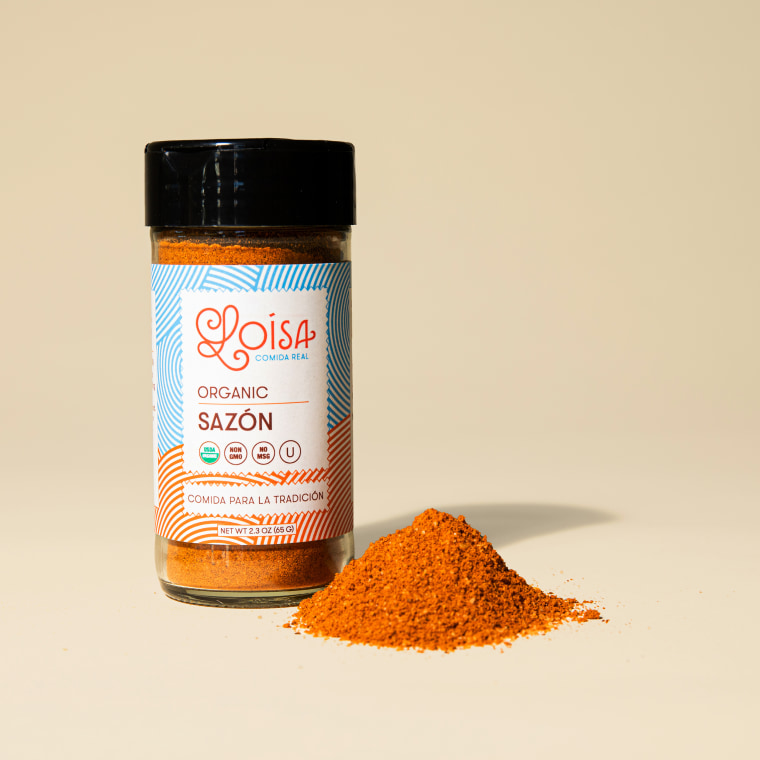
Hattis told TODAY, "It's really a combination of flavors that you find at the center of a lot of traditional Latin dishes. I think what makes ours unique is the clean ingredient list and the quality of the spices that we use. There's no filler. There's no artificial colors. Those are ridiculous things to be honest, to be a part of what sazón is. As a blend of flavors, those are not things that like two generations, three generations ago were even remotely considered to be a part of this root flavor and were brought in by bigger businesses looking to turn a better profit."
Both Maisonet and Rivera make their own sazón at home, modifying the mild spice blend to their liking.
"In the amount of time it would take you to purchase it at the store … you could just make a quick blend," Maisonet wrote. "What that blend should consist of is entirely up to each individual as everyone has their own preference. And my own personal blend recipe will be in my upcoming cookbook, 'Diasporican.'"
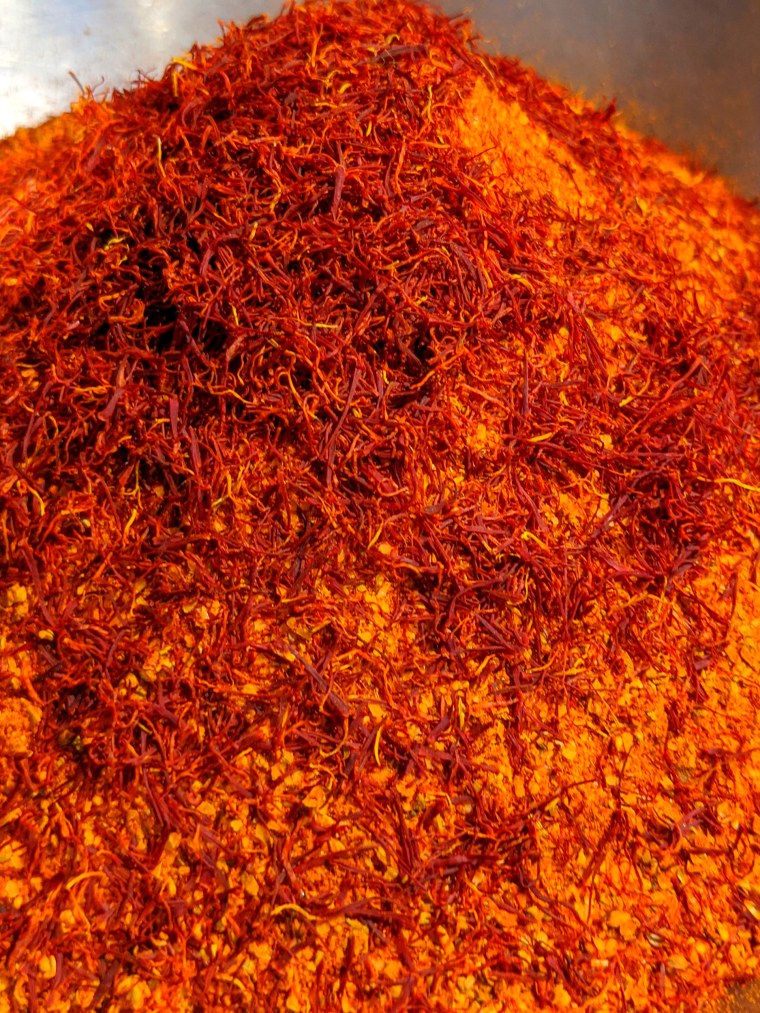
Rivera said, "I use annatto seed in mine, that kind of covers your fingers with it and makes you know that you're actually cooking with it. It stains your cutting board on purpose. It has all these different things you can actually know that it was used and it's there, rather than just kind of being something you casually use. This is something you're definitely going to know about."
He also customizes his sazón with add-ons like saffron and, because it's not a spicy seasoning by itself, he might add red chile pepper flakes for some heat.
How to cook with sazón
Rivera uses sazón in a myriad of applications and notes it plays well with acidic foods and dishes. He's known to use it in a vibrant tomato dish, as a seasoning on French fries and popcorn and as a dry rub for pork belly. "I still haven't found something where it doesn't work good with unless there's a bunch of other spices it has to compete with," he said.
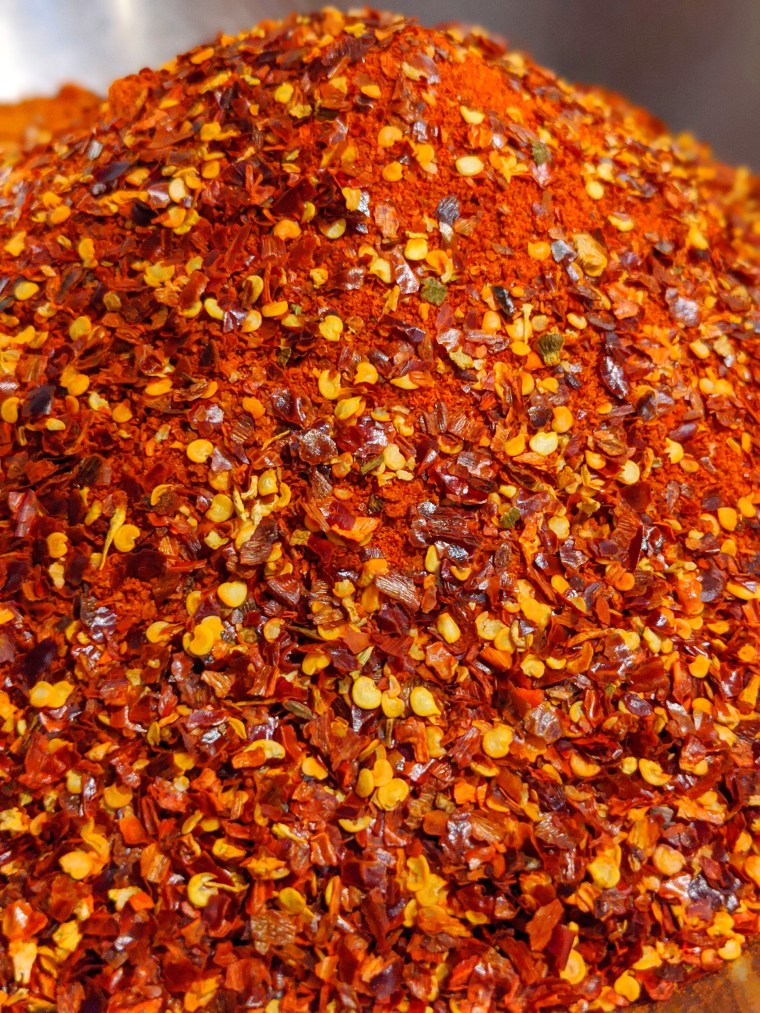
He also loves to use it in unexpected ways. "It's good with margaritas, it's good with bloody marys. Anything that needs like a little savory bump to it … or something a little bit salty to finish it, it works awesome. Even in infused ice cubes, it's dope."
Natural foods chef Yadira Garcia, who works closely with Loisa, loves to use sazón in guisados or stews. "We stew our meats and our beans and we also just stew rices and I think that it's a really great base," she said.
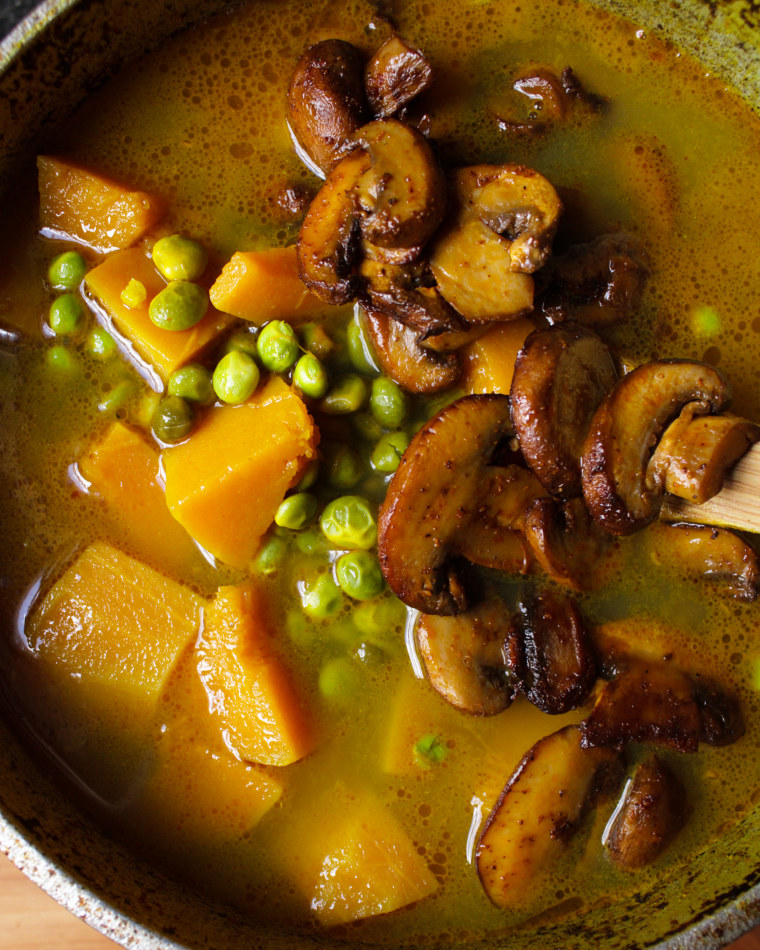
Garcia even brings along the spice mix when she's traveling. "I travel with it in my luggage, when I go to the Dominican Republic. I go places, I put it on my Instagram, if I'm going to be somewhere for a couple of days and I'm cooking, I just bring it with me," she added. "I'm a spice hunter. So I wouldn't be attached to something that I wasn't inherently deeply passionate about."
Finally, Hattis likes sprinkling sazón on seafood. "My favorite thing is when you surprise someone or yourself by just marinating or rubbing it on some fish with some olive oil, and you're just like, 'Wow, that is fantastic.' It's the perfect balance of savory and rich and clean and I think when you use it on your average Tuesday night, cooking anything and suddenly that simple piece of protein or vegetable becomes something a lot more meaningful and flavorful."

